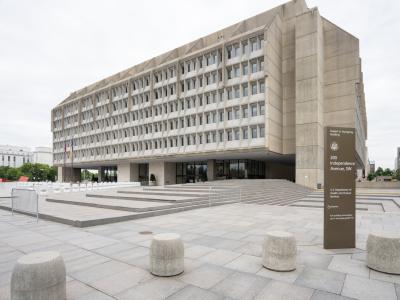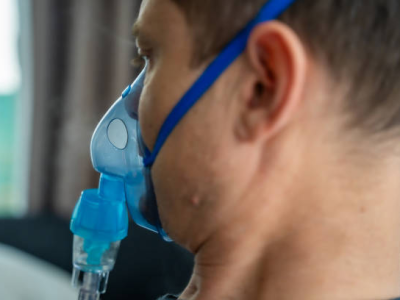May 1, 2008 (CIDRAP News) The US Department of Health and Human Services (HHS) yesterday held a live Web seminar (webinar) to provide guidance on and field questions about school closures as a social distancing tool that could be used in an influenza pandemic.
Many public health experts believe school closures could mitigate the effects of a pandemic. However, the benefits of school closures are difficult to measure, and many state and local health officials are unclear on what the trigger would be for closing schools.
Yesterday's webinar was the third in a series to help state officials with pandemic planning activities. The department launched the webinars in March, when it released comprehensive guidance for state officials.
Dr Francisco Averhoff, of the Center for Disease Control and Prevention's (CDC's) Global Migration and Quarantine Division, said school closures are a common-sense approach to blunting the impact of a pandemic. "Schools are one of the most tightly packed environments where we have children," he said.
In February 2007 HHS released recommendations for nonpharmaceutical steps to fight pandemic flu, linking different strategies to a five-level pandemic severity index. For a category 2 or 3 pandemic (case-fatality ratios between 0.1% and1%), the CDC suggests that schools be closed for 4 weeks to slow the spread of the virus. For category 4 or 5 pandemics (case-fatality ratios greater than 1%), the CDC recommends that schools be suspended for up to 12 weeks.
Averhoff said federal officials prefer the term "student dismissal" rather than "school closure." "Learning will continue and teachers will continue to function," he said.
The timing of student dismissal requires dynamic policies, because pandemic influenza will emerge at different times across the country, Averhoff said.
Who makes the decision?
Dana Carr, a program specialist with the US Department of Education, advised school officials to become actively involved in their community pandemic planning efforts. She said communities vary on which level of government has the legal authority to close schools. "You don't want to be caught during a pandemic not knowing who's going to pull the trigger," she said.
As with natural disasters, the Department of Education will likely provide waivers for "No Child Left Behind" requirements in regions that are hit hard by pandemic influenza, Carr said.
Some school districts will be able to continue to provide educational content, using tools such as the Internet, conference calls, or television, she said, adding that the department is gathering more information on schools' distance learning plans and will provide more technical guidance to districts in a May 19 videoconference.
Barbara Bingham, director of the US Department of Labor's Compliance Assistance Office, acknowledged that student dismissal in a pandemic setting would have consequences for employers, who will face absenteeism when parents need to stay home and care for their school-age children.
Though some employers are already considering telework arrangements, alternate work schedules, and paid leave for workers, many families still won't have access to flexible working arrangements and uninterrupted paychecks, she said.
"Alternate ways to give care include older children, small [group] child-care arrangements, and extended family members," Bingham said.
Replacing school meal programs
Brenda Lisi, a disaster coordinator with the US Department of Agriculture (USDA), said school closures also will affect another group: children who depend on the USDA's food programs for school breakfasts and lunches.
She said that in 2007 the USDA provided 5 billion school lunches and 1.2 billion child-care meals, but warned that the program is allowed to operate only when students are in attendance.
In a pandemic, the USDA would likely replace school food programs with a disaster food stamp program, she said. Though the federal government doesn't have food stockpiles set aside for pandemics or other disasters, she said the USDA could access commodity inventories, if needed. "But the food stamp program is larger and is a more feasible response, Lisi said.
"What I would encourage states to do is become familiar with the [USDA food program] procedures and programs," she said.
Schools as healthcare sites?
During the online question-and-answer portion of the webinar, federal officials were asked what would happen if schools were used for healthcare centers or even morgues. Carr said federal and state officials should start talking now about how they'd help the schools if buildings were contaminated with the virus and how they'd handle the psychological impact on communities that used schools as morgues.
Another questioner asked if federal officials had considered the extra burden that both telecommuting and online learning would put on broadband Internet systems. Bingham responded that federal officials have been working closely with private industry to anticipate the demand. She said that in general, officials foresee enough broadband capacity, but some people and organizations could encounter access problems.
HHS's next pandemic planning webinar is slated for Jun 4, when officials will discuss workforce preparedness.
See also:
Mar 14 CIDRAP News story "HHS issues pandemic planning guide for states"
Feb 1, 2007, CIDRAP News story "HHS ties pandemic mitigation advice to severity"


















